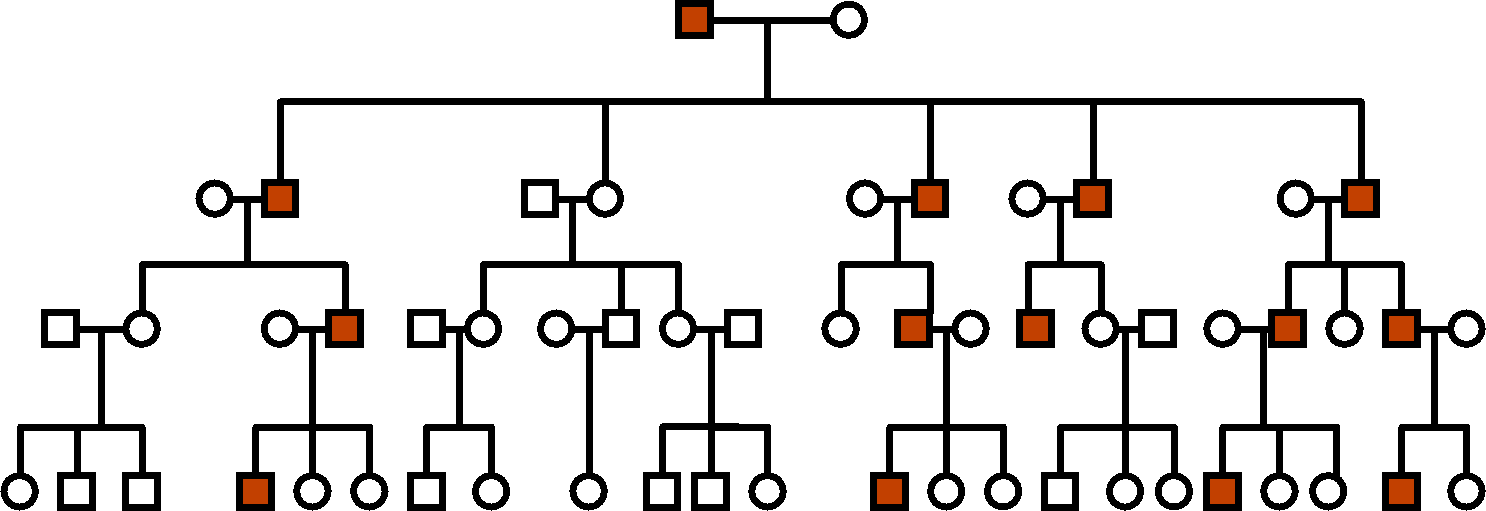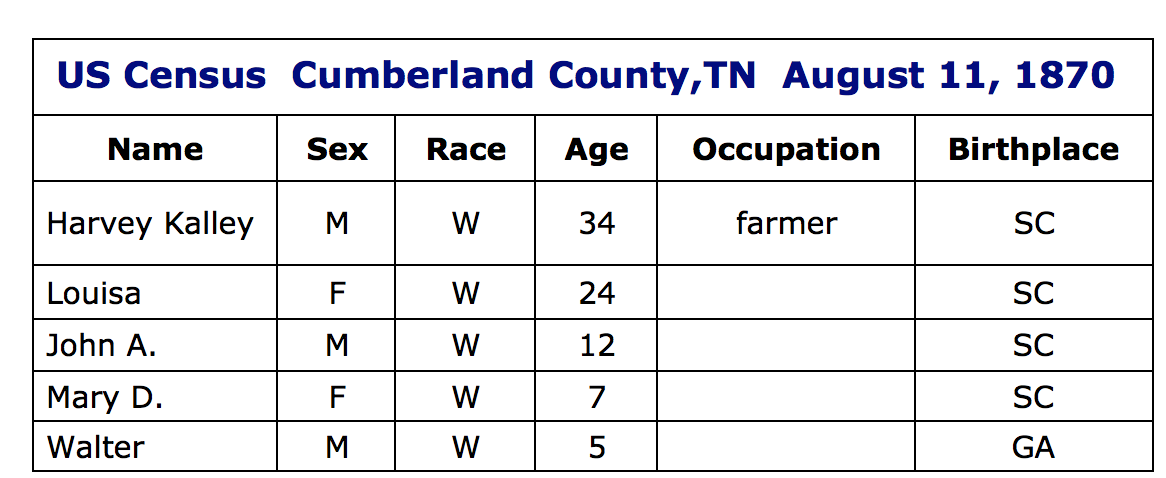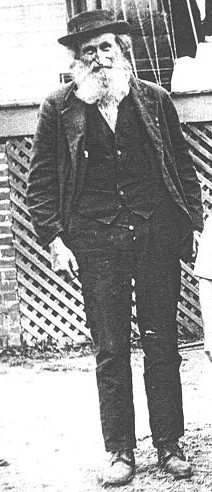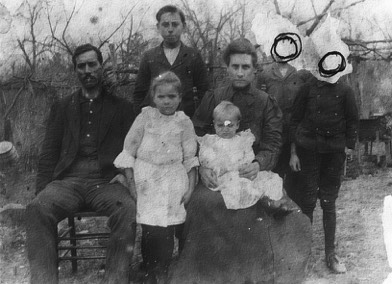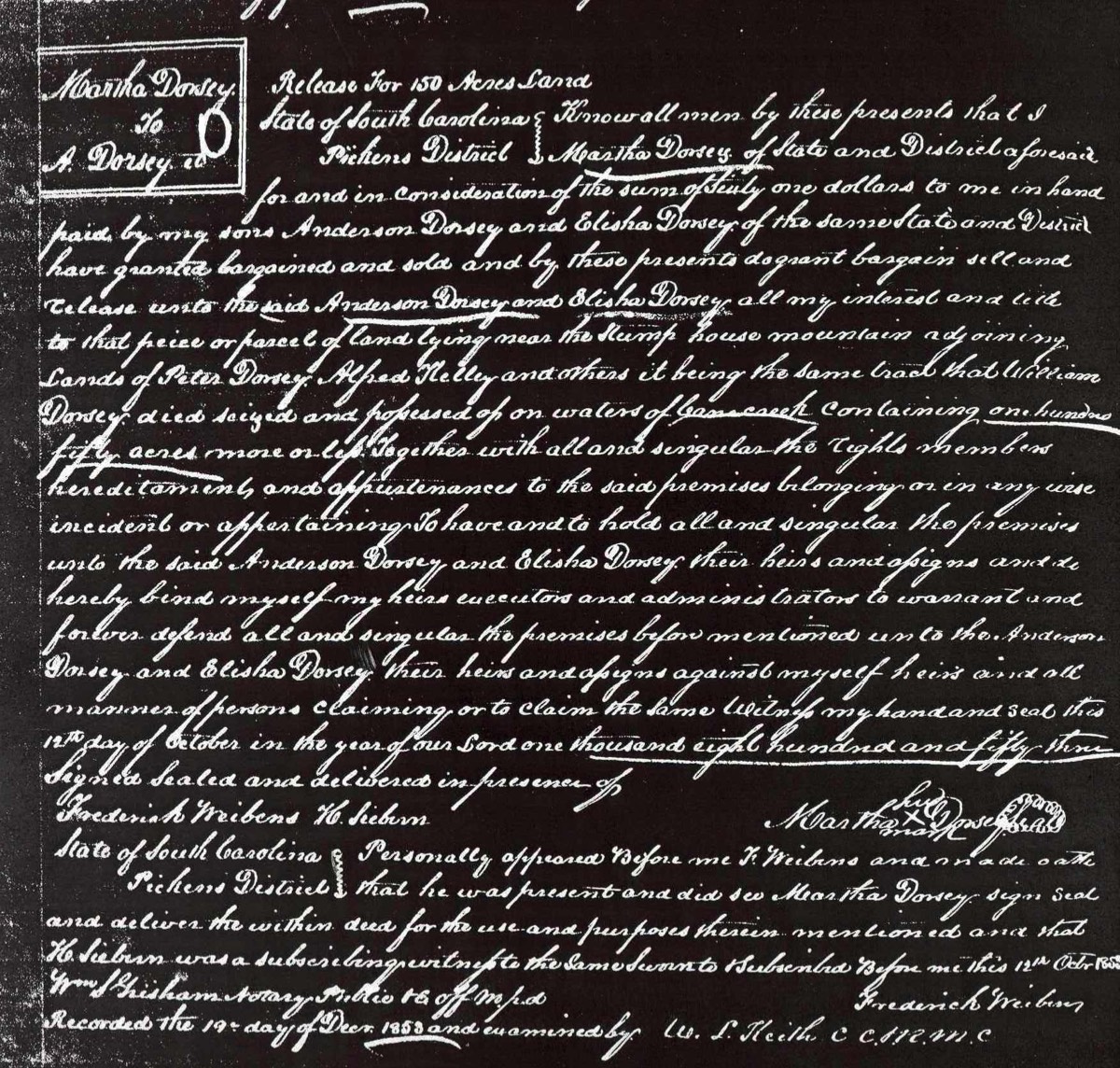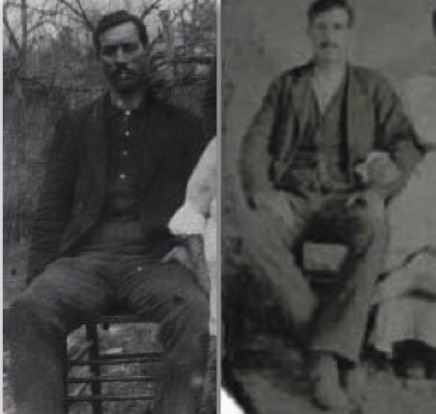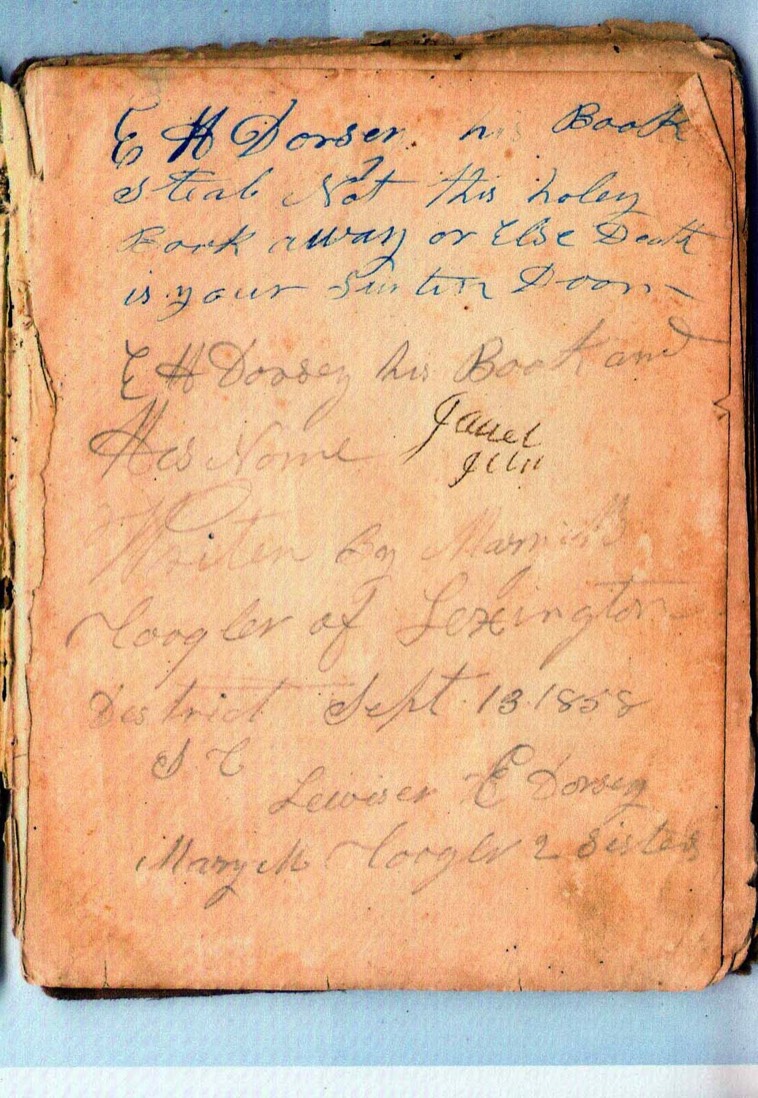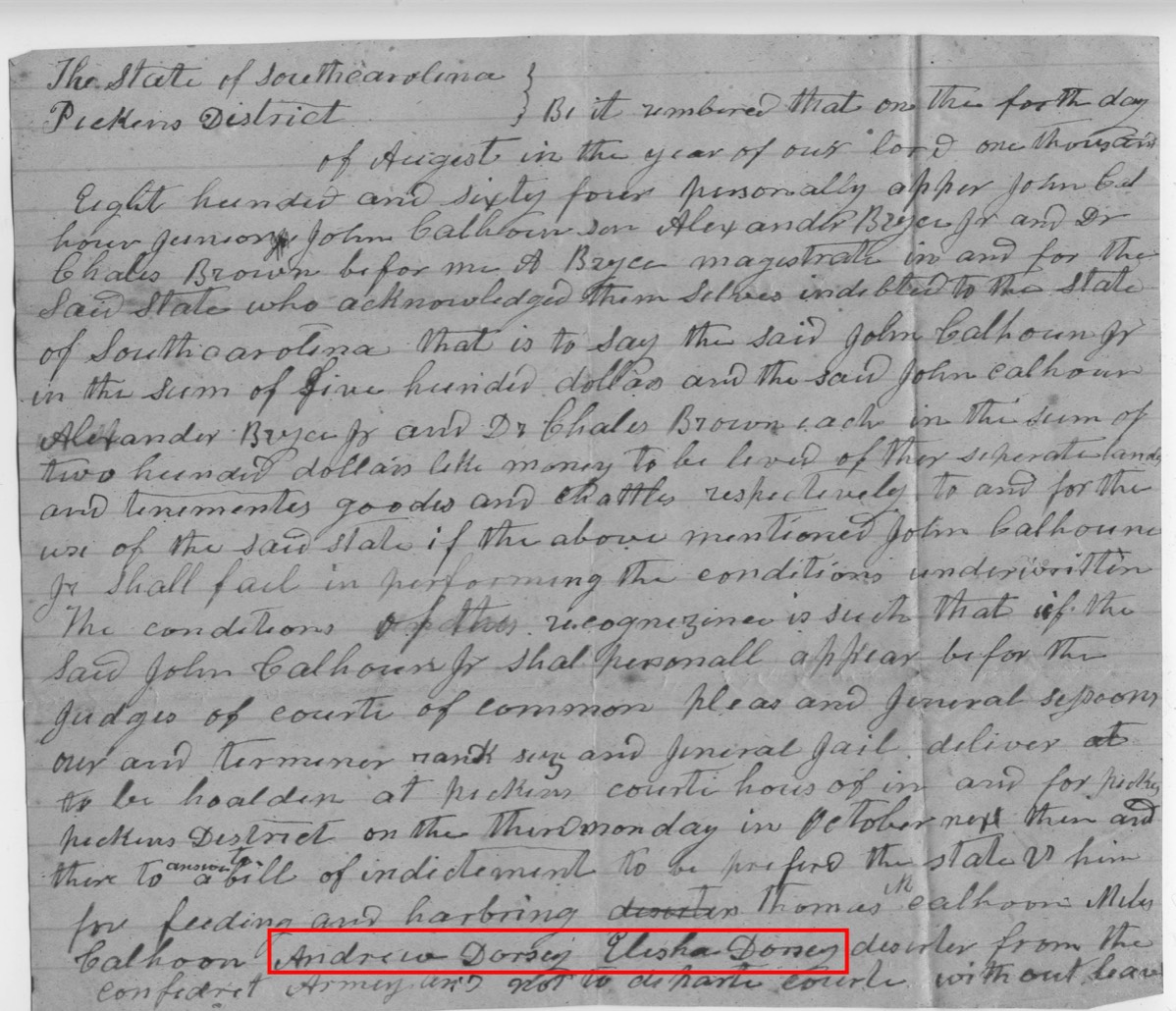DNA Testing for Genealogy Differs From DNA Testing to Identify an Individual
As the number of STR marker repeats are inherited, it is logical to expect that individuals descending from a common ancestor would share the same values for the same markers. Unfortunately for the genealogist (and fortunately for the forensic scientist), the shuffling of maternal and paternal chromosomes at every generation means that each individual carries an patchwork of DNA from his or her ancestors that guarantees his or her uniqueness.
At each generation, the number of ancestors doubles, meaning that each individual potentially carries its and pieces of bDNA from as many as 8192 tenth great grandparents (and so on back through time). To further complicate matters, during the time that chromosomes are being sorted into sperm and egg cells, matching chromosome pairs get together and in a process called genetic recombination exchange segments in a random way so that each chromosome itself is a blend of ancestral DNA. Following that shuffle, the members of the matching pairs split up and go into the sperm or egg cell--also in a totally random way. How likely is it then that any, much less a given set of, STR markers from one common ancestor will have been preserved in 100% of third or fifth or tenth cousins.
In truth, this Diaspora of DNA over the generations does limit the potential of chromosomal STR testing for genealogy but with one powerful exception.
A Common Misconception
is that DNA testing can only reveal a person's father's or paternal line. This is not correct.
That misconception is rooted in the correct fact that Y DNA (or Y chromosome) testing is only available to males and only reveals the direct paternal line .
Because women do not have a Y chromosome, they cannot participate in Y DNA testing directly. However, women who want to learn about their direct paternal line can recruit a father brother, uncle or cousin—even a distant cousin—to test on her behalf. (Be sure to offer to pay for the test if your surrogate candidate is not mad for genealogy.)
Women (and men) can also use mitochondrial DNA testing to learn a bit about their direct maternal line.
In more recent years, autosomal DNA testing has become available to all. Autosomal DNA testing can be used to learn about maternal and paternal lines by both males and females. It has become a major tool for the genealogy community.
Analysis of Y chromosome DNA is a powerful genealogical tool
A large number of STR markers have been described for the Y chromosome that show great variability within populations but virtually no variability between fathers and sons. Handed unchanged from father to son, the Y chromosome markers become a signature or fingerprint for the surname which is passed down in the same way in many cultures. As such, it is an ideal tool for verifying paternal lineages as male relatives who have an uninterrupted male-male link between them will share the same, or very similar, Y-chromosome signatures.Whereas the DNA of autosomal chromosome pairs is shuffled and swapped repeatedly through the generations, the Y chromosome swaps less than five percent of its DNA with its partner, the X chromosome. Furthermore, these small exchangeable parts are limited to known locations on the chromosome ends called pseudoautosomal regions.
Y chromosome testing is particularly useful when a connection between different branches of a family, perhaps with the same or similar surnames, is suspected but cannot be proven from written records.

